Water-resistance is not a complication per se and yet it is the subject of much debate and, most of all, disinformation. So here at Sea Time we figured the only thing to do was to dive (forgive the pun!) into this mysterious world where few have dared to venture until now. With the exception of timepieces with extreme complications and also jewellery watches, water-resistance is very much a given nowadays in haute horlogerie.
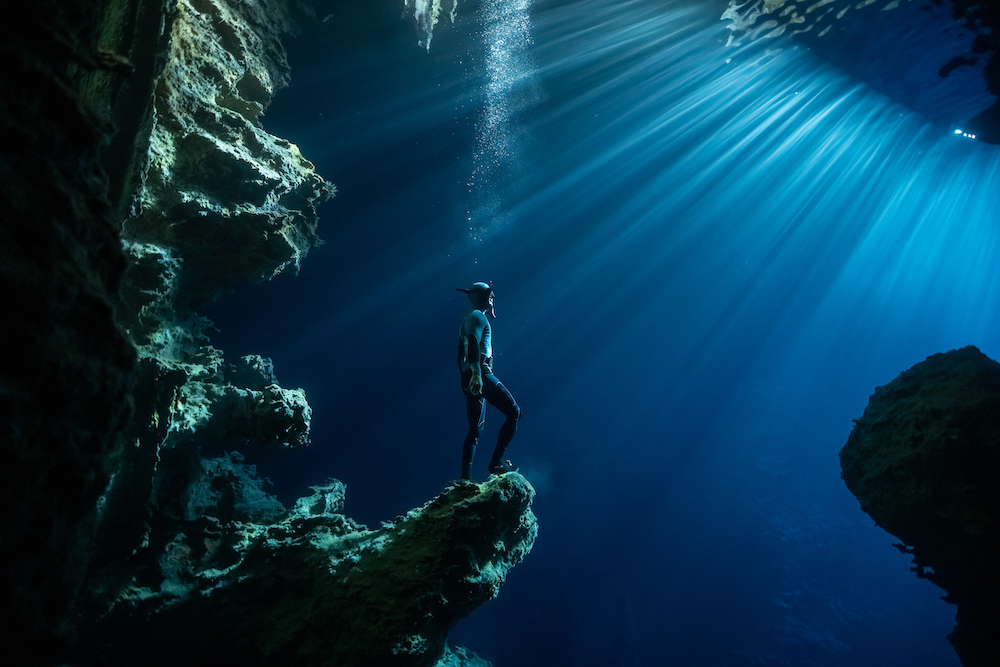
Even though these watches are not designed to be immersed in water, the movement still has to be protected from dust, humidity, sweat and other liquids it might accidentally come in contact with. However, once the likes of swimming and diving enter the equation, other factors and dynamics raise their heads. Not all watches can bear the same stresses in the same way. There are huge differences between accidently dropping a watch into water, swimming, free diving and sports and professional diving, all demanding different solutions. Hence the haute horlogerie sector chose the ISO to create a specific standard known as the NIHS (Norme Industrie Horlogère Suisse) which identifies two categories of watch which are simple to name but slightly less so to explain.
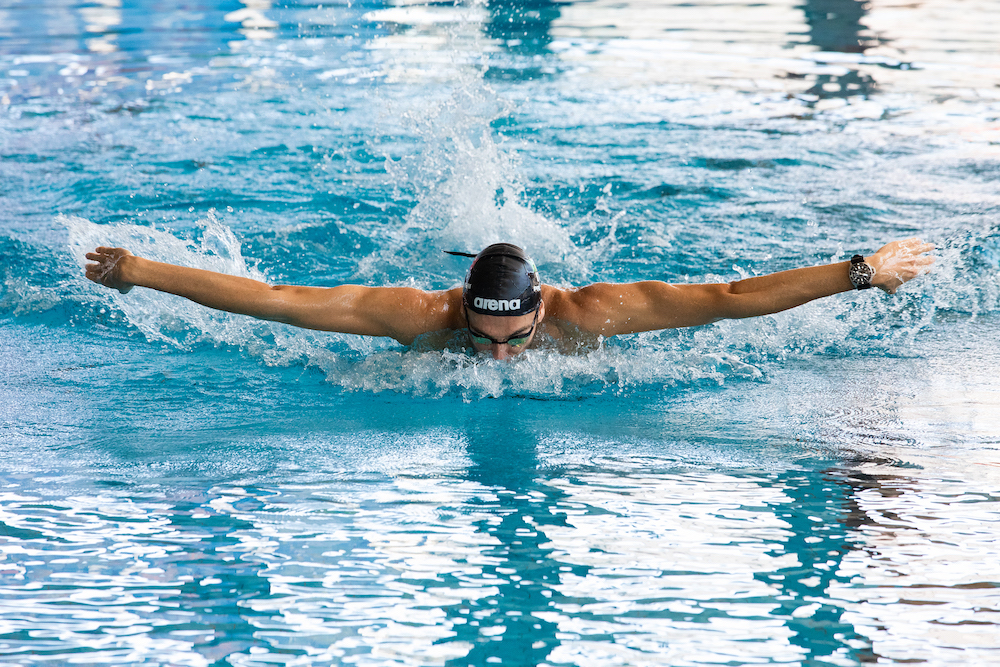
The first spans water-resistant watches which are essentially the regular watches we wear every day. The second category, however, spans divers’ watches, also known as professional divers’ watches but designed for amateur and pro use. Water-resistant watches have to meet very stringent criteria to be defined as such. They genuinely have to be able to resist pressure equivalent to that experienced at 20 metres underwater which is two atmospheres (ATM or Bar). This means the watch can be used completely safely even in sports like swimming, windsurfing, sailing, snorkelling and even free diving to a maximum of 20 metres.
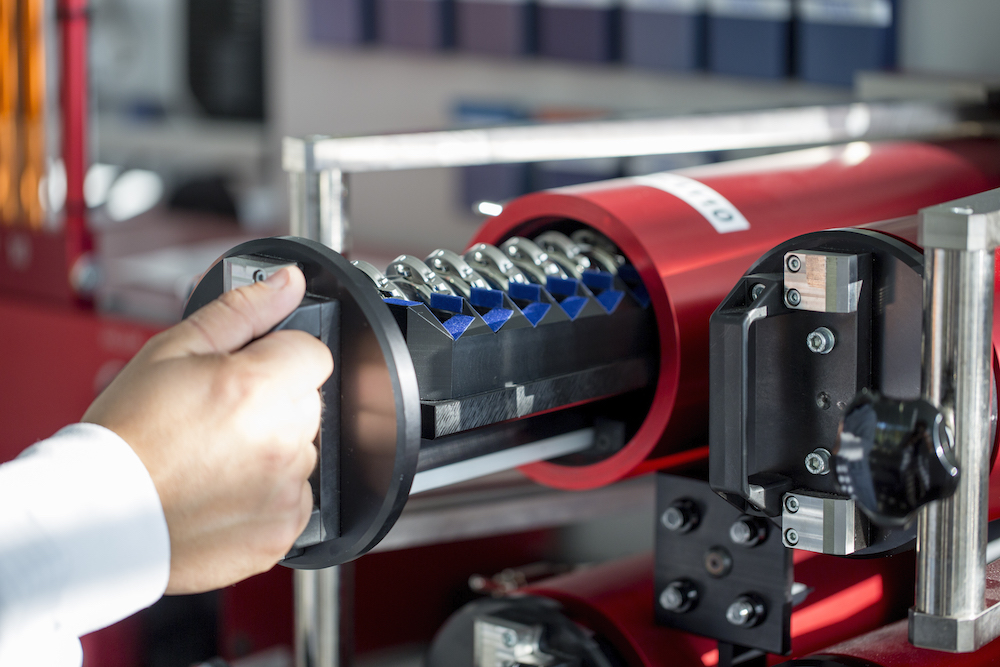
Said criteria were introduced in 2010 and are part of the ISO 22810, which is much stricter than previous criteria as it demands that water-resistant watches offer guaranteed protection against water ingress at that pressure. But why does diving cause so much of a problem? When we are at the beach i.e. at sea level, our body is subject to one ATM of pressure. The same applies to our watches. When we dive below the surface of the water, the pressure on our body increases drastically to the tune of one ATM every 10 metres. Because our lungs are elastic, they compress very rapidly when we dive, just like a balloon would. However, watchcases are rigid but still must offer some kind of resistance to water ingress.
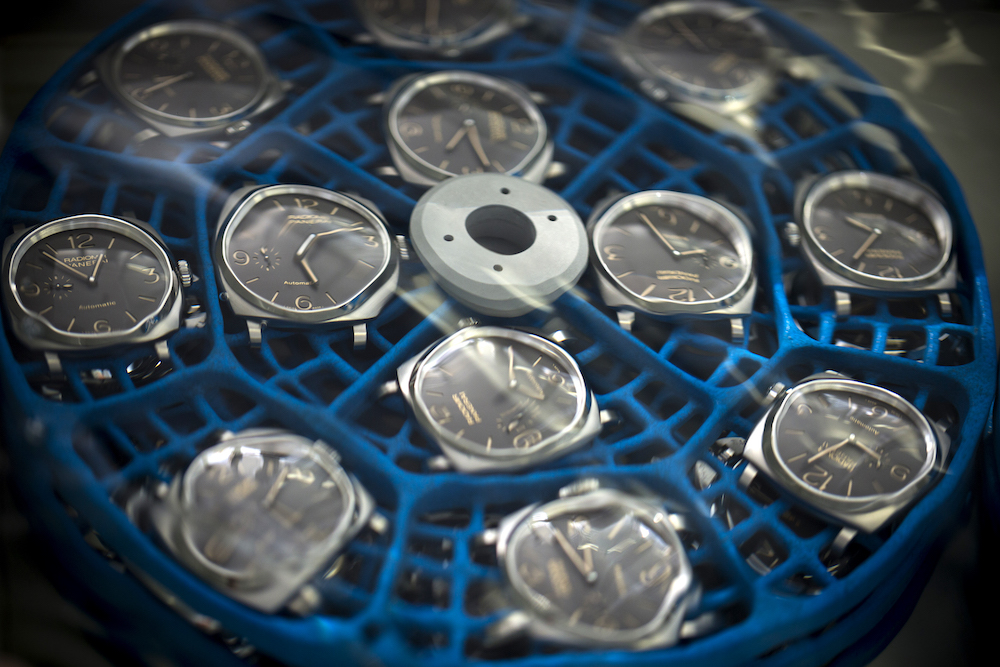
This is despite the fact that even at a depth of 20 metres, external pressure is two kilos per square centimetre of watch. The most critical areas are the bezel, the sapphire glass, the case itself, the crown and the back of the watch. Hence the use of seals of different dimensions between the various components making up the watch to guarantee it effective waterproofness. But what about drivers’ watches? There the rules are quite clear: divers’ watches must be able to cope with a pressure of 10 bar, the equivalent of a 100-metre dive. This was established in the ISO 6425 standard adopted in 2018. Pressure aside, however, a diver watch also has to comply with a dozen other criteria, including having an anti-clockwise unidirectional bezel to avoid the wearer accidently staying down too long.
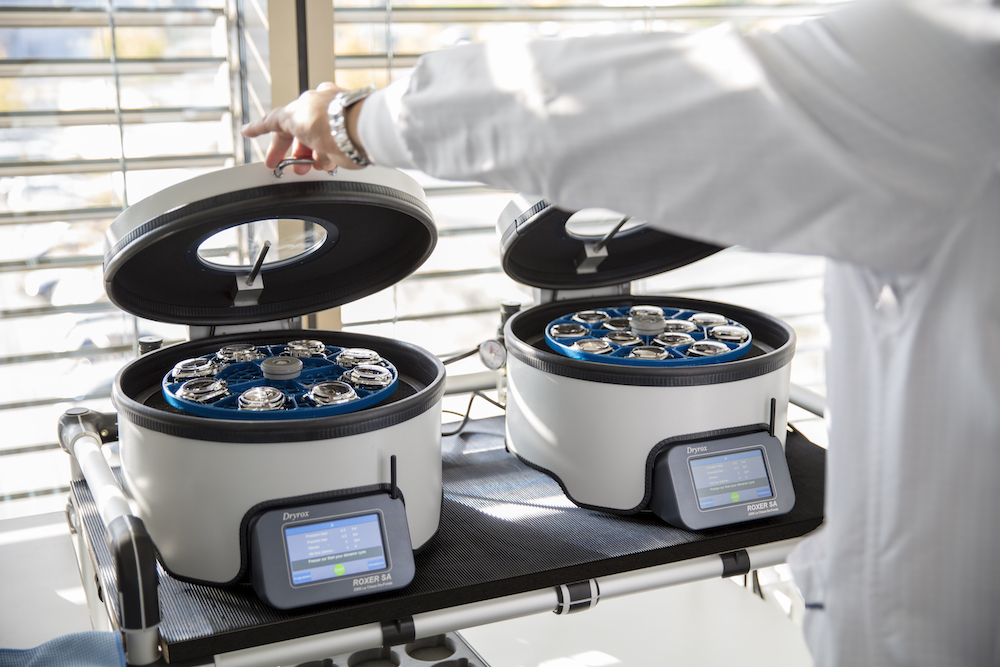
The latter must have a luminous indicator and minute-by-minute graduation around its circumference too. Also the time must be legible at a distance of 25 cm even in complete darkness. The watch must also have a system to verify that it is working correctly, with a luminous seconds hand a good start. There are also further shock, magnetism and crown impact resistance criteria to comply with to boot. But despite the widespread use of computers, a diver’s watch remains an essential back-up and tool for survival. But then, on the other side of the coin, why do we still have to learn the decompression tables to get our dive certification when a computer can calculate it all by itself? Happy diving!
Gianfranco Ritschel*
*Gianfranco Ritschel. Time To Train Sarl, 1200 Geneva, Member of the Fondation de la Haute Horlogerie, GPHG






